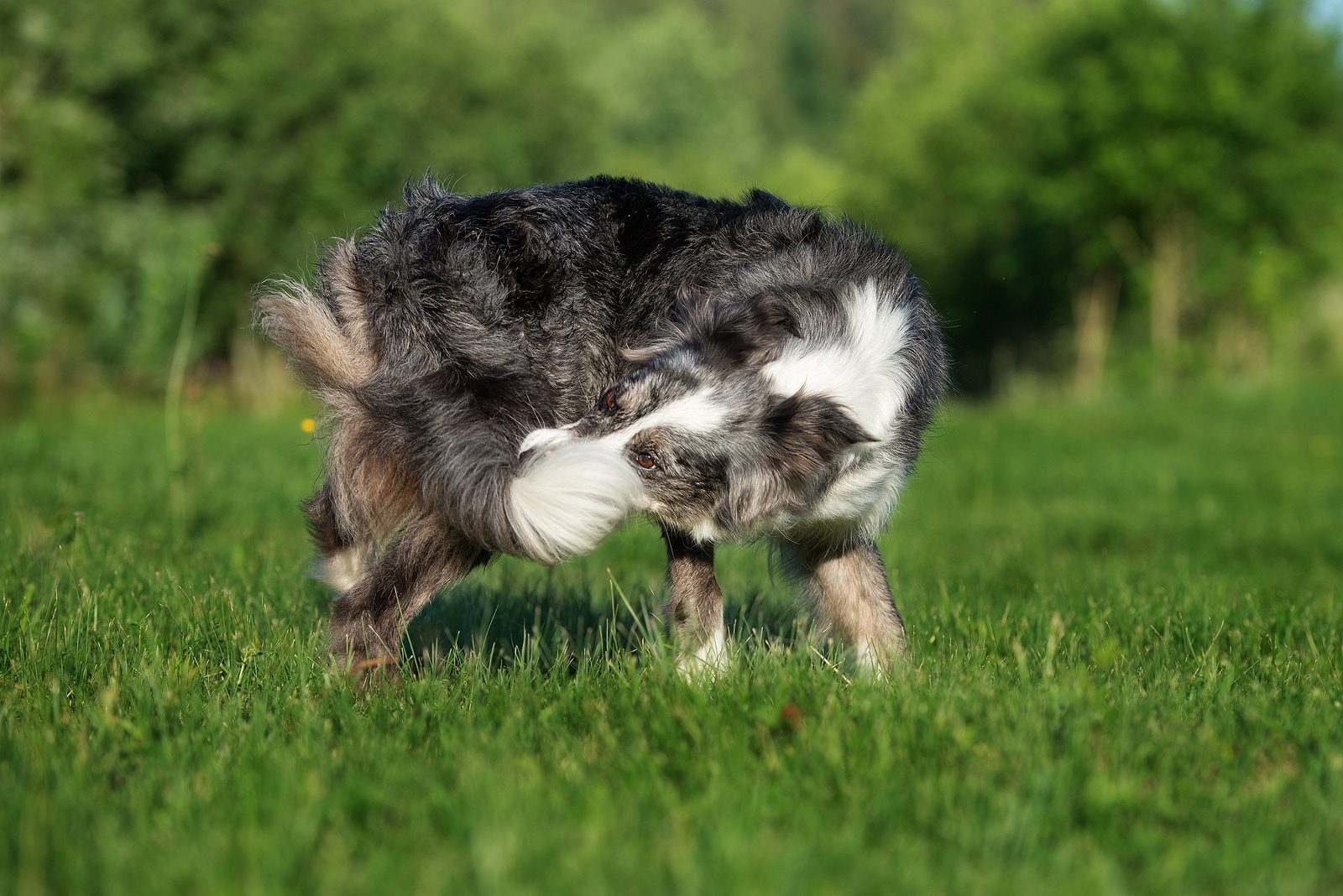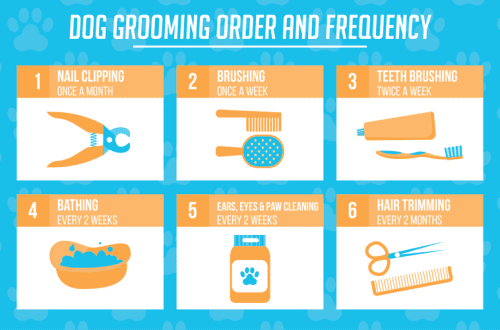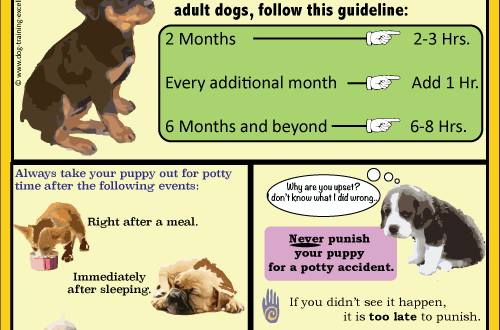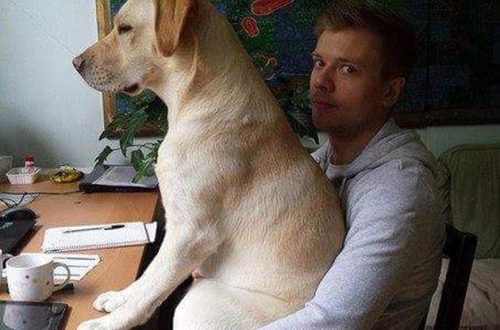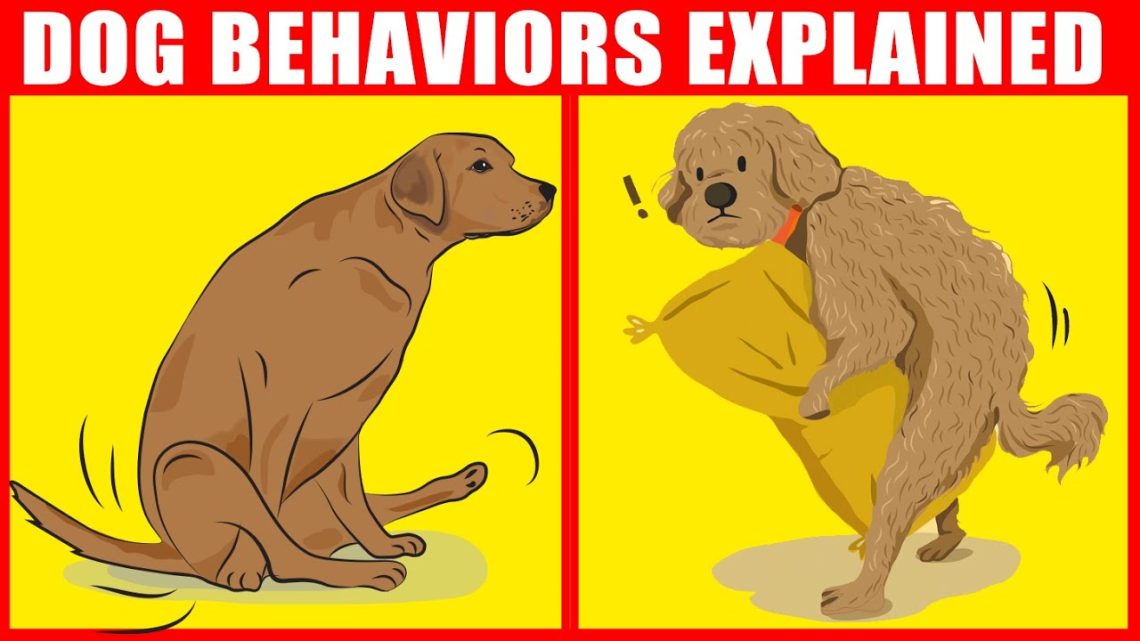
Your dog’s strange behavior
Dogs are so closely related to humans that they sometimes resemble us in their behavior. When a pet behaves like a child, asks to be held, or demands that we watch her play with her toys, we don’t even pay attention to it. On the other hand, some dog habits are so unique that they cannot but remind us that we are dealing with an entirely separate species. Why do dogs tilt their heads when we talk to them? Why do they chase their tails? Here are the answers to at least some of these and other bizarre dog behaviors.
Contents
Why do dogs bow their heads?
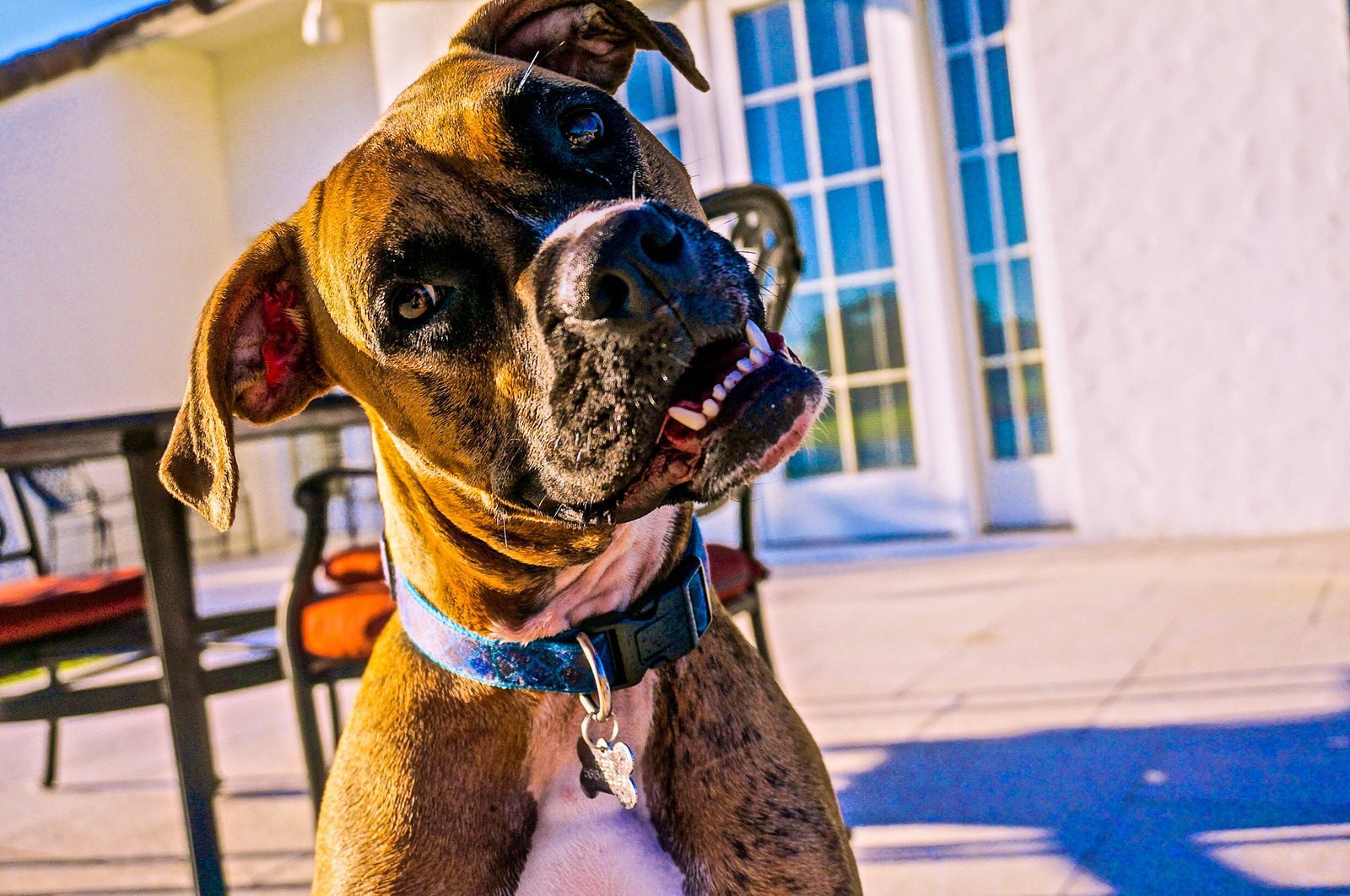 Although animal head tilt has never been scientifically considered, according to Mental Floss, dog behavior experts have a number of theories as to why a pet sometimes tilts its head to the side when you talk to it.
Although animal head tilt has never been scientifically considered, according to Mental Floss, dog behavior experts have a number of theories as to why a pet sometimes tilts its head to the side when you talk to it.
She is trying to understand you. Dogs really understand the meaning of a number of words and intonation. It is possible that when your pet listens attentively to you with her head tilted to the side, she listens to words, phrases and intonations of the voice that have positive meanings and associations for her.
She tries to focus on your voice. Although dogs have excellent hearing, their ability to pinpoint the source and location of sound is actually worse than that of humans. Perhaps tilting your head helps her determine where the sound of your voice is coming from.
She tries to get a better look at you. Psychology Today’s theory suggests that the shape of a dog’s face prevents it from seeing your full face. Head tilt helps her see around her face so she can read your expression and pick up clues that will help her know if you’re happy with her.
She knows that it looks cute… well, something like that. While your dog probably doesn’t really understand the concept of cuteness, he senses your positive reaction to that cute head tilt and this reinforces the behavior. Therefore, it continues to do it intentionally in order to get your positive reaction.
Why do dogs scatter dirt with their hind legs when they go to the toilet?
Dogs by nature have strong territorial instincts. According to the American Kennel Club, every time a pet goes to the toilet, it marks its territory. However, since many animals mark their territory in this way, the dog goes to great lengths to let other animals know that it is the dog that has left its mark there. Vetstreet adds that dogs have glands in their paws that release pheromones when they scratch the ground with their hind feet. Basically, it’s the way your pet adds her signature to the territorial tag. Also, dogs often bury their feces.
Why do dogs spin around themselves before lying down?
This behavior is likely a holdover from before they were pets, Vetstreet says. The dog’s wild ancestors most likely circled the ground to trample down dirt or knock off grass or leaves to make a small nest in which to lie down. The dog spins in place before lying down – this is due precisely to this hereditary skill. In the wild, they dig a hole in the ground to sleep in, to regulate their body temperature and provide some protection from the elements. This behavior is obviously so deeply ingrained that even the most comfortable indoor bed won’t stop your dog from doing it from time to time.
Why do dogs chase their tail?
Like head tilt, tail chasing has a number of possible causes, Canine Journal says. Some dogs seem to stalk their tails simply because it’s fun and helps relieve boredom. Others do it to express joy or a desire to play. And animals with a strong hunting instinct are likely to chase any moving object in their field of vision, including their own tail.
However, tail chasing does not always mean just a game. It can also be a sign of something more serious, such as a health problem or anxiety. If your dog chases his tail frequently, you should talk to your veterinarian to rule out the following complications:
She has a skin disease. The dog may have problems with the anal glands, which can result in him circling around trying to reach his rear end to give himself some relief. In addition, allergic dermatitis caused by fleas can lead to severe itching in the back area, in which case the dog simply tries to reach the itchy spot.
The dog has high cholesterol. At first glance, this seems like an unusual reason for tail chasing, but according to Vetstreet, a study published in the Journal of Small Animal Practice found that this oddity is more common in dogs with high cholesterol levels. One theory is that excess cholesterol blocks the flow of hormones that control mood and behavior, causing dogs in this state to become restless and agitated.
The animal has obsessive-compulsive disorder (OCD). OCD is an anxiety disorder quite common in dogs, and frequent tail chasing is a common symptom of this disorder. One way to determine if this behavior might be related to OCD is to see if it will be easy to distract the pet from chasing the tail. If not, or if he also exhibits other compulsive behaviors, you should discuss the possibility of OCD with your veterinarian.
Of course, if your dog doesn’t follow his tail very often, or if he only does it when he’s obviously excited or it’s time to play, then you probably don’t have anything to worry about. However, it might be worth talking to your veterinarian about this at your next check-up, just to be on the safe side.
Why do dogs rub their backs on the carpet?
If you have a dog, you have no doubt seen her crawling backwards on the carpet or grass from time to time. Although it looks funny from the outside, it is actually a sign of a problem. When a dog rubs its booty on the ground, it is trying to get rid of discomfort or irritation in the butt area. Irritation can be caused by a variety of factors, from inflamed anal glands to tapeworms and allergies. If this behavior occurs more than once or twice, it is best to take the dog to the veterinarian for a checkup. He will help diagnose the problem and also provide you with a treatment plan to prevent it in the future. While you can laugh heartily at your poor pet rolling on the floor, remember that he is uncomfortable at this moment, and also think for a second about the fact that his butt is rubbing … against your clean floor.
Why do dogs sniff under each other’s tails?
Dog owners are well aware of their habit of sniffing each other’s tails. In fact, this is exactly what you will notice first thing when introducing your puppy to another dog, because for us, people, this seems completely abnormal and very contrary to human norms. But for animals, this is quite normal.
Dogs have an incredible sense of smell – 10 to 000 times better than humans – so they use it to learn everything about their relatives by sniffing the area under their tail. Although it seems disgusting to us, for animals this is a whole sea of u100bu000bdiscoveries. They have anal glands that produce pheromones and scent molecules that tell your pup a lot about his new friend, including age, gender, diet, reproductive status, and more. Although this is a canine way of greeting, but a few such sniffs for them is tantamount to maintaining a full conversation. This is why you may notice that dogs that meet and know each other often do not sniff each other too often. So even if it sounds disgusting to you and you want to prevent your pet from taking part in such a greeting, remember that this is their instinctive way to get to know each other better.
Dog habits can seem strange, and sometimes completely inexplicable from our point of view. But if you try to think like a dog, they will make more sense. If you’ve ever asked yourself, “Why is she tilting her head?” or asked another question about your dog’s behavior, then a deeper understanding of his psychology will help you feel closer to your four-legged friend.



